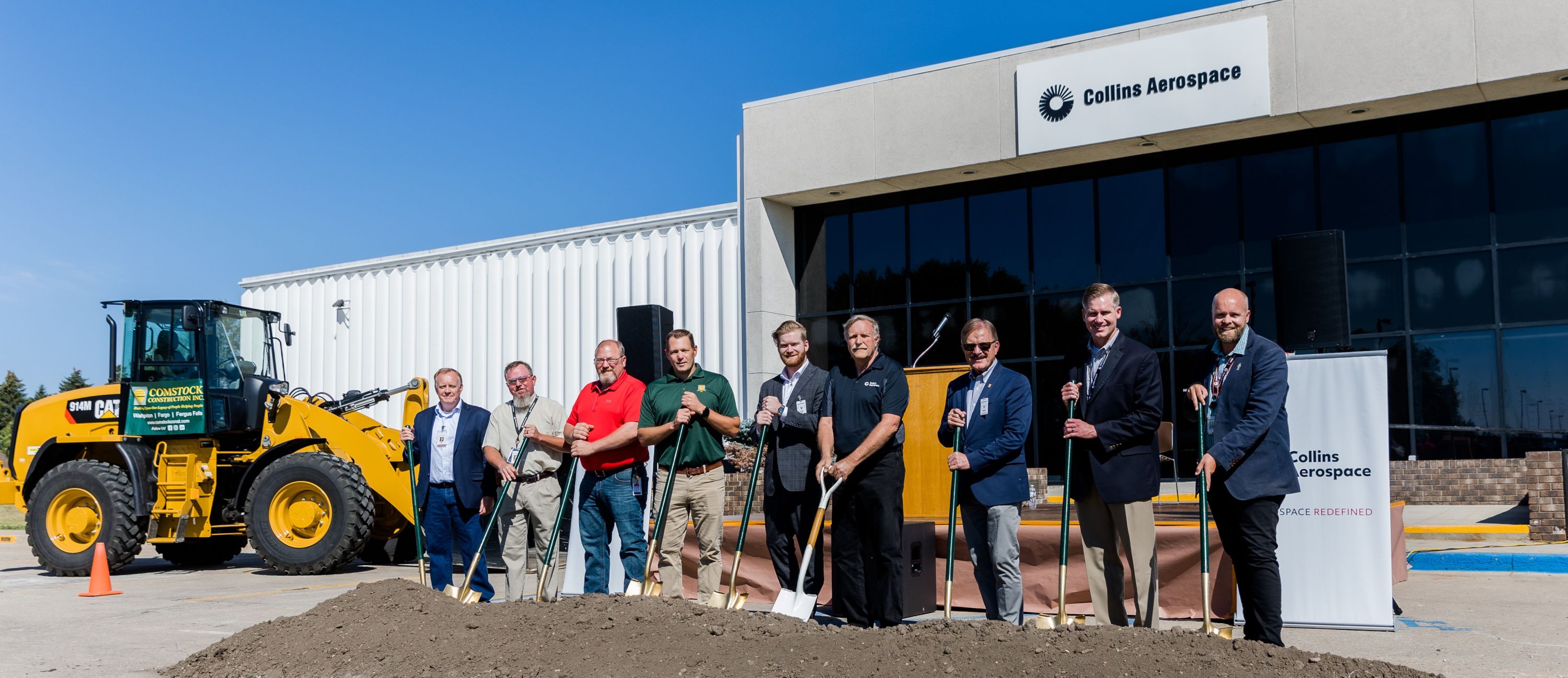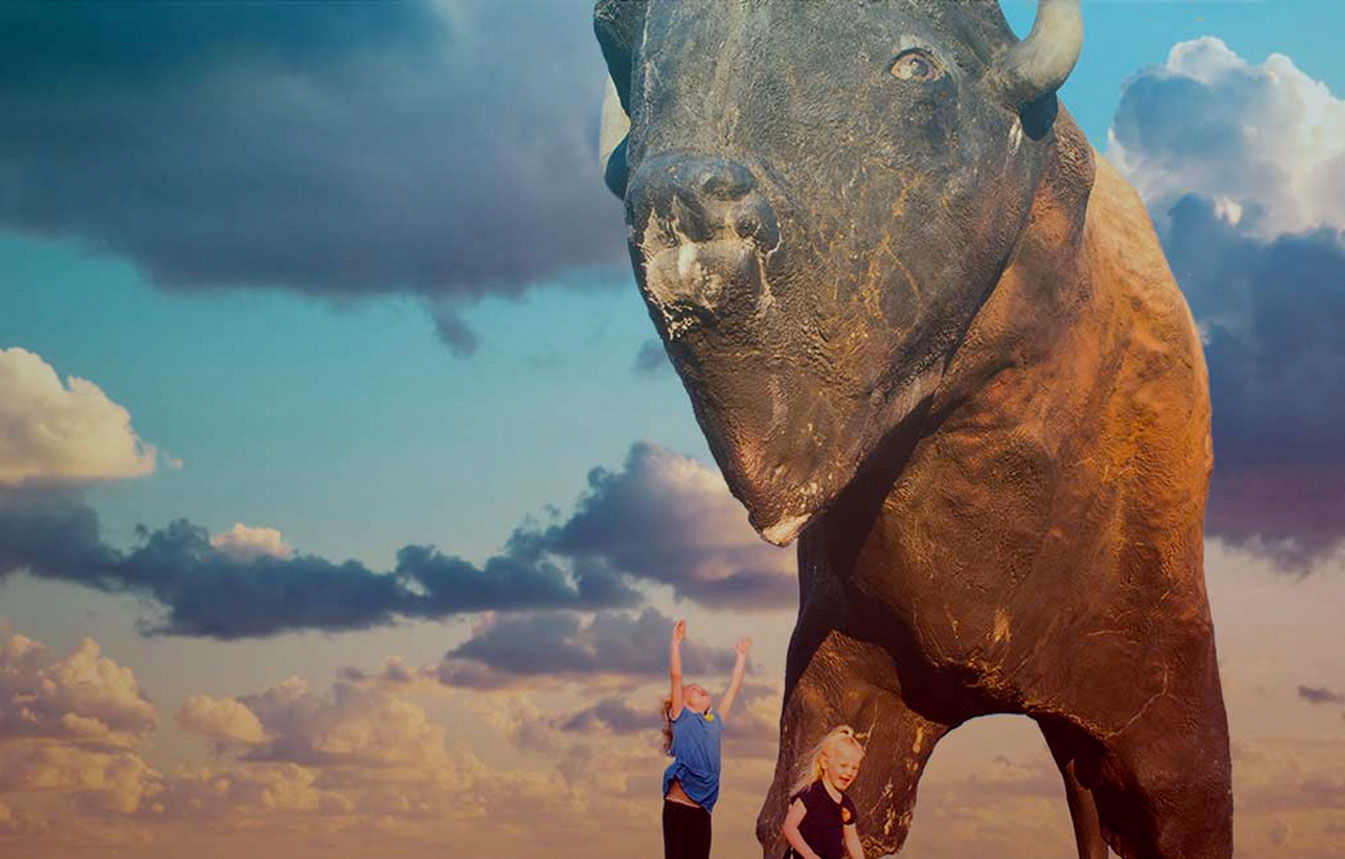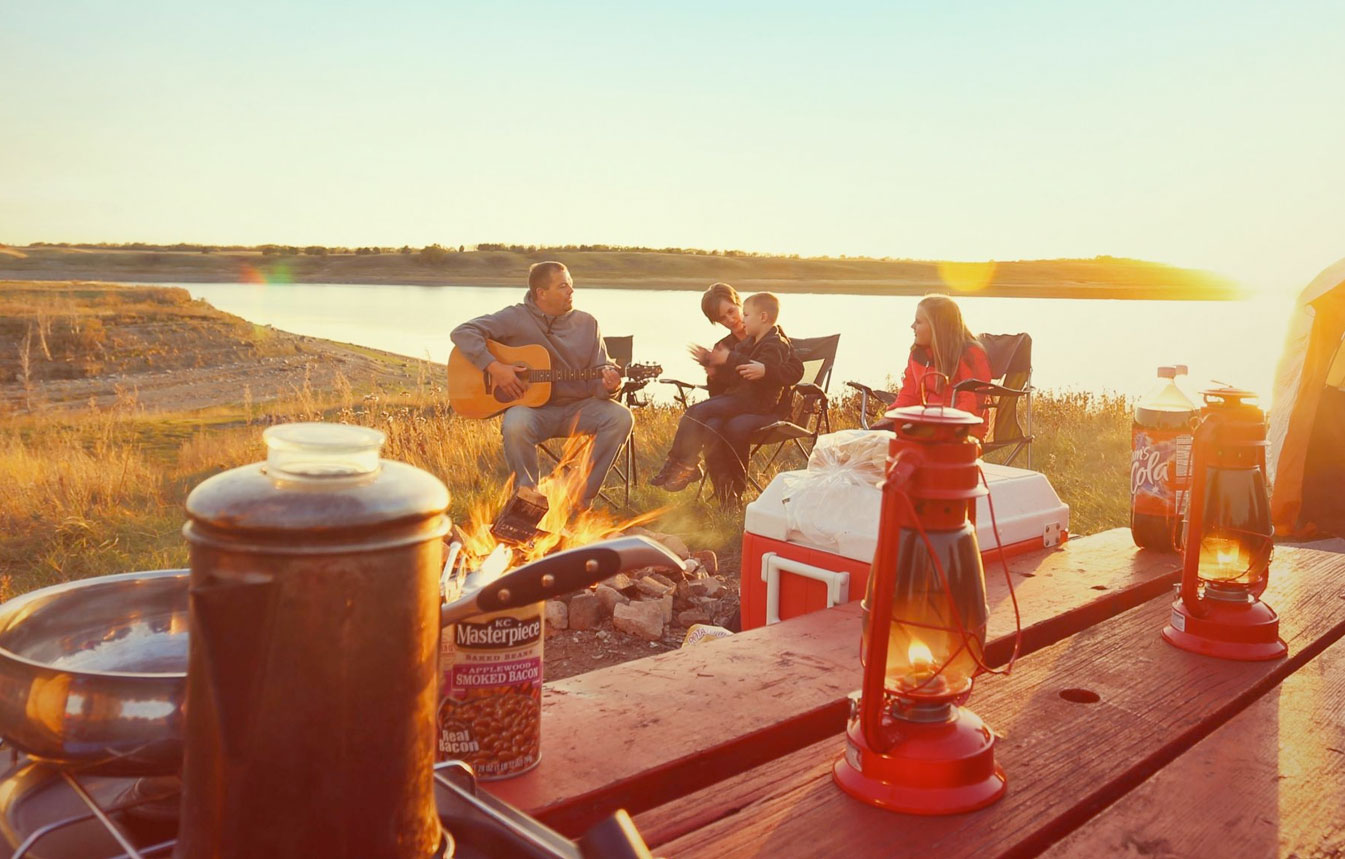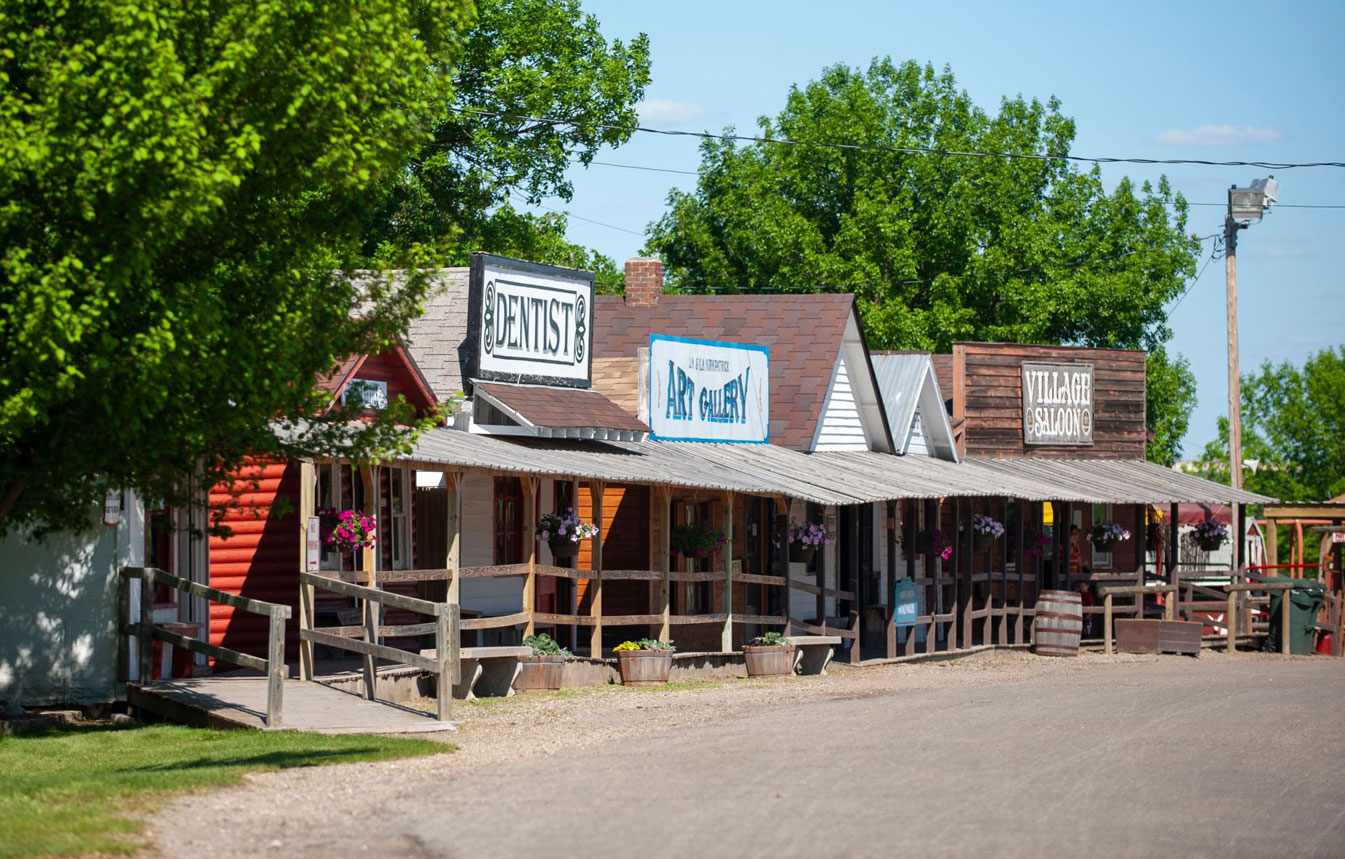North Dakota Provides Its Residents With the Best Quality of Life: Ranks #1 in Country
13 Aug 2018
New York, Los Angeles and Austin, Texas, are known as some of the largest cultural hot spots in the nation with unique culinary experiences and music, and people from all different backgrounds.
Though these densely packed places offer their residents endless entertainment opportunities, they lag behind more rural, tight-knit communities when it comes to the most important aspect of quality of life: social connectedness.
"The number one indicator of success in life and having a fulfilling, satisfying life is the quality of your relationships," says Sarah Stiles, a sociology professor at Georgetown University. "We are social animals, and we don't do well when we don't have community connections."
Even when a person is surrounded by people in a large city, she says there's a certain truth to the feeling of being alone in a crowd.
This idea is supported by U.S. News & World Report's quality of life ranking – a new category in its annual Best States rankings – where all of the top 10 states have large rural populations and fewer people per capita than some of their more urban counterparts. Social environment, including social support and community engagement, was a main factor considered in the ranking."Rural areas, the ones that almost have that agrarian community organization where they depend on each other, that know each other ... that makes people feel great," Stiles says.
With a population of around 755,000, North Dakota ranks No.1 for the quality of life it provides its residents.
The state's small towns promote a positive social environment in which people are not only supportive of one another, but they are able to engage in their communities and feel that they are making a difference."I think something truly special about North Dakota is the way people are invested in it and how they love the state and they love their communities. They express that with their engagement and their commitment to all things they believe in," says North Dakota Gov. Doug Burgum.
People want to have a purpose outside of their job, Burgum says, and North Dakota is a place where they can "be part of the community and make a difference."
Many North Dakotans are able to become community leaders, not only in the nonprofit arena, but also by becoming elected leaders, the governor says. And when community members running for office involve their family and friends, voter participation increases.
As a result, North Dakota has one of the highest voter participation rates, with 56 percent of its residents voting in the 2016 presidential and congressional elections.
Grand Forks native Abby Osowski, 22, says she also noticed a strong relationship between the community and her alma mater, the University of North Dakota, during her time at the school. She says community members would reach out to students to get them involved, and students often participated in local volunteer initiatives.
As a music major, Osowski says the community would reach out to her program about music-related projects and groups. Some of her friends, for instance, helped with the Grand Cities Children's Choir.
Osowski's sorority, Delta Gamma, hosted multiple philanthropy events, which were open to the community. She also volunteered at a local nursing home and the North Dakota Vision Services/School for the Blind.All of this community involvement leads to a better quality of life because people like to feel that they've done something meaningful, Stiles says.
Religion is also a major driver of social connectedness and involvement in North Dakota, says Justin Berg, an associate sociology professor at the University of North Dakota.
A little over three-fourths of North Dakotans are Christian, according to a Pew Research Center study. Not only do religious organizations provide an outlet for forming friendships and participation in church-based activities, but they also give people a sense of belonging through shared beliefs, Berg says. When people feel that they are similar to those around them, they are also more likely to ask for help in times of need.
Though he calls it cliche, Gov. Burgum adds that there really is a sense of "North Dakota nice."
"There's a level of courtesy and thoughtfulness and consideration," he says. "People move here from other places and say, 'do the cars not have horns here?'"
Another characteristic North Dakota shares with other top-ranked states for quality of life – including Minnesota, Wisconsin, New Hampshire and South Dakota – is its cold weather.
"If you're in a closed environment, you're interacting with more people," Berg says, explaining that people tend to separate and "do their own thing" in more comfortable weather.
"And then there's this cultural aspect that you're in an environment that's weather-wise a little more difficult so you do have this idea to help your neighbor out when times are tough," he says.
Still, social environment is only one part of the equation determining one's quality of life. Another important factor, which was also measured in U.S. News' quality of life ranking, is natural environment. In order to have a high quality of life, a person has to be in good physical health, which is greatly impacted by their environment. If someone lives in an unsafe environment, where they are exposed to harmful toxins and pollutants, it can result in adverse health outcomes and a decline in their well-being, according to Stiles. Exposure to air pollution, for instance, has been linked to respiratory diseases and adverse pregnancy outcomes, according to the National Institute of Environmental Health Sciences.
The states that rank in the top for quality of life generally have low population densities, which help them produce less pollution, leading to better air and water quality, according to Bereket Haileab, a professor of geology at Minnesota's Carleton College. Most of the states in the top five are also fairly flat, which allows polluted air to move out of the state, instead of becoming trapped in mountain ranges, Haileab says.
Despite a rapid growth in North Dakota's energy sector over recent years, the state still has some of the best air quality in the nation. Not only is the state known as the "Saudi Arabia of wind," it has also invested in carbon sequestration and in pipelines that move natural gas to processing facilities and then out of the state, Burgum says.
He says North Dakota is developing innovative ways to address environmental concerns.
"As a state, we believe that innovation, not regulation, is the answer," Burgum says, adding that, by the time a new regulation is implemented, the issue could probably have been solved by new technology.Minnesota, which boasts the second-best quality of life in the nation, has also prioritized the protection of its natural resources and efforts to create clean energy over recent years, according to Gov. Mark Dayton.
"While we have more work to do to ensure our children and grandchildren inherit a state with clean air and water, and a strong natural environment, I am proud of the work we have done to build a better Minnesota," he says.
He also points to the Clean Water and Legacy Amendment – passed by Minnesotans in 2008– which raised the state's sales tax to support environmental funds.
Even beyond environmental safety, human beings "need beauty, we need natural beauty and green space," Stiles says. "It proves there's something bigger than us. With so many breathtaking landscapes, it puts us humans in our place that we are in partnerships with the natural world."
Burgum points to the state's agriculture, the beauty of the Great Plains and the fact that "there's nothing better than a North Dakota sunset."
"And with the big game and fishing, this is a sportsman's paradise for sure," he says.
More Topics










